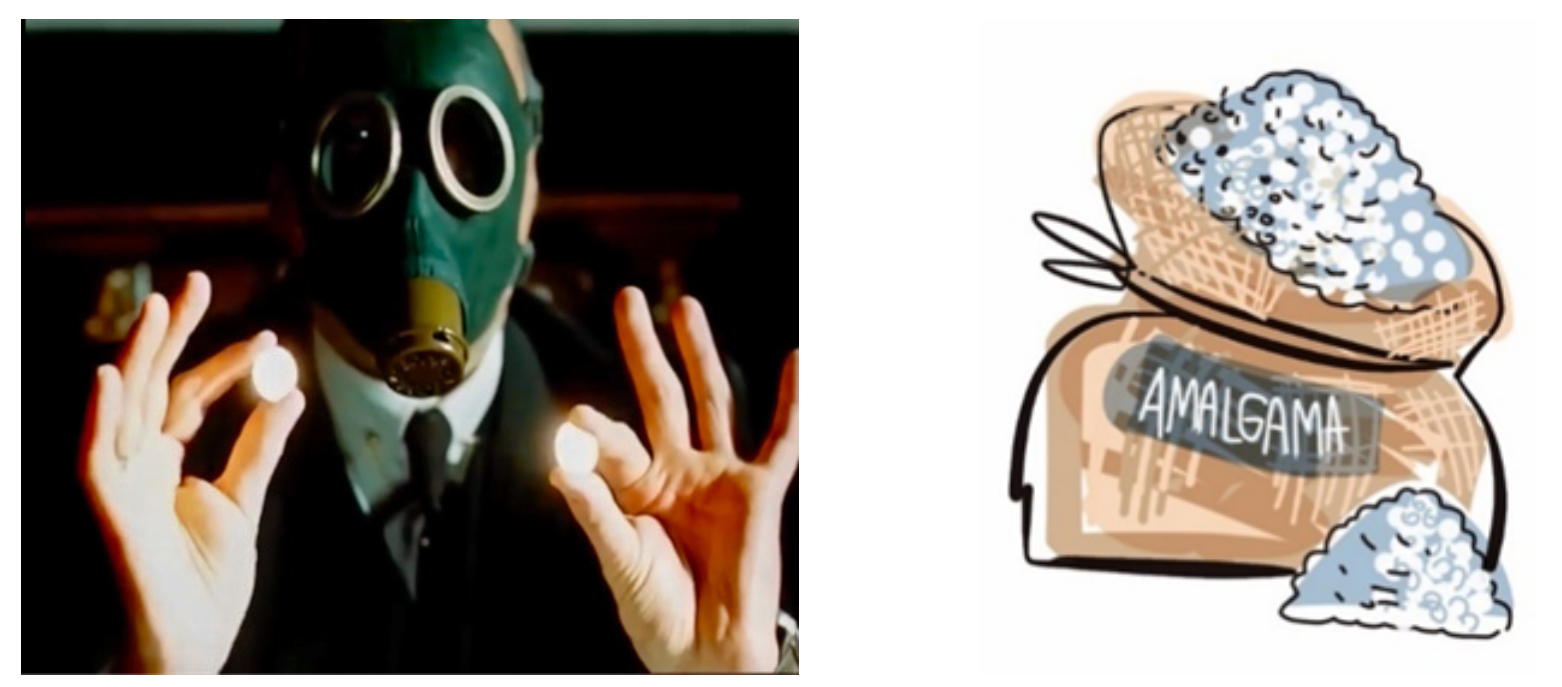Counterfeiting

“The Twentieth Century Begins" concludes Igor Maslennikov's Soviet film series about Sherlock Holmes. It was filmed in then-Leningrad (currently Saint Petersburg), Leningrad Oblast, and Latvia. The concluding fifth episode was based on late and lesser-known Arthur Conan Doyle stories, including "The Adventure of the Engineer's Thumb." The main legal theme of the series concerns the investigation of counterfeiting.
The presented shot shows Mycroft Holmes, Sherlock's elder brother (brilliantly performed by Boris Klyuyev), wearing a gas mask while holding shillings. In this scene, Mycroft informs Sherlock and Watson that the counterfeiting operation is being sponsored by the German Empire.
In their illegal activities, the counterfeiters employed various methods and materials to produce fake coins. Amalgam appears in the final part of the Soviet film series "The Twentieth Century Begins," based on Conan Doyle's story "The Adventure of the Engineer's Thumb." Amalgam - an alloy of metal with mercury - was used in manufacturing counterfeit shillings to simulate the silver content in coins.
In the film, Holmes exposes the counterfeiters: after the fire at their house, almost nothing remained except burnt beams, cart tracks on the ground, and a metal plate covered with amalgam. This evidence led to solving the crime involving currency forgery.
It should be noted that until the early 19th century, criminals circulating counterfeit coins in England faced severe punishment. The legal acts governing coinage were the Coinage Act 1696 and the Counterfeiting Coin Act passed by the British Parliament in 1741. The Coinage Act 1696 equated manufacturing or possessing equipment suitable for counterfeiting coins to high treason, while the Counterfeiting Coin Act recognized forging silver, copper or brass coins as high treason and prescribed punishments including hard labor, deportation to Australia, and execution by hanging. However, in 1832, the British Parliament passed the Coinage Offences Act, which consolidated all offenses related to coin counterfeiting, classified them as felonies, and abolished the death penalty for these crimes.
One of the key cinematic techniques director Igor Maslennikov employed in this film is the close-up. Close-ups of the characters' faces emphasize their dialogue and create tension in the frame. Vladimir Dashkevich's music plays a significant role, defining the scene's mood and often reflecting the characters' emotional states.